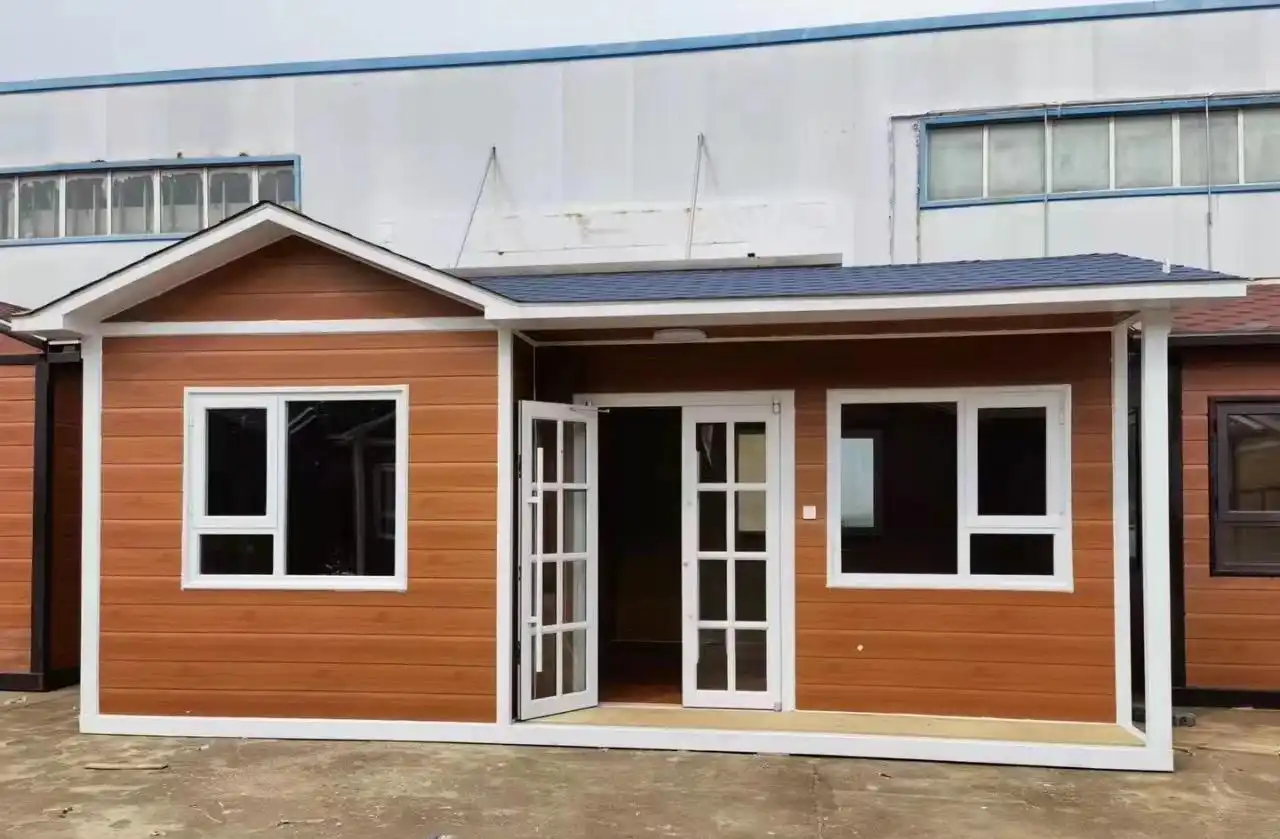Insulation and Ventilation Strategies for Container Homes
Choosing the Right Insulation Materials
When it comes to keeping your fold out container house cool, selecting appropriate insulation materials is crucial. Shandong Building Materials, a reputable brand from Shangdong, China, offers various insulation options for container homes. These include fiberglass, rock wool, and polyurethane (PU) insulation.
Fiberglass insulation is a popular choice due to its affordability and effectiveness. It's easy to install and provides excellent thermal resistance. Rock wool, also known as mineral wool, is another excellent option. It's fire-resistant, soundproof, and offers superior insulation properties. Polyurethane foam insulation, while more expensive, provides the highest R-value per inch, making it ideal for container homes where space is at a premium.
Proper Ventilation Techniques
Effective ventilation is key to maintaining a cool and comfortable environment in your container home. Consider installing roof vents or skylights to allow hot air to escape. Cross-ventilation can be achieved by strategically placing windows on opposite sides of the container. This natural airflow helps reduce the need for artificial cooling systems.
For fold out container houses, expandable sections provide an opportunity to incorporate additional ventilation points. When designing your container home, work with experts like those at Shandong Building Materials to create a 3D model and structural design that maximizes airflow while maintaining the integrity of the container structure.
Energy-Efficient Cooling Solutions for Container Homes
Passive Cooling Techniques
Implementing passive cooling techniques can significantly reduce the need for active cooling systems in your fold out container house. One effective method is to use reflective roofing materials. Shandong Building Materials offers customized roofing solutions that can help reflect sunlight and heat away from your container home.
Another passive cooling strategy is to incorporate shading elements into your container home design. This could include retractable awnings, pergolas, or strategically placed trees. These features can block direct sunlight, reducing heat gain and keeping your container home cooler.
Active Cooling Systems
While passive cooling techniques are effective, sometimes active cooling systems are necessary, especially in hot climates. For container homes, mini-split air conditioning systems are often the most efficient choice. These systems are compact, energy-efficient, and can be easily installed in a fold out container house.
When selecting an air conditioning system, look for models with high SEER (Seasonal Energy Efficiency Ratio) ratings. Higher SEER ratings indicate greater energy efficiency, which can lead to significant savings on your energy bills over time.
Design Considerations for Temperature Control in Container Homes
Exterior Finishes and Colors
The exterior finish of your container home plays a crucial role in temperature control. Light-colored or reflective exterior finishes can significantly reduce heat absorption. Consider using specialized heat-reflective paints or coatings on your fold out container house to minimize heat gain.
Shandong Building Materials offers a range of exterior cladding options that not only enhance the aesthetic appeal of your container home but also contribute to its thermal performance. Their insulated sandwich wall panels, for instance, provide excellent insulation while offering a sleek, modern appearance.
Window Placement and Treatments
Strategic window placement is essential for maintaining a cool interior in your container home. South-facing windows should be minimized or properly shaded to reduce heat gain during the hottest parts of the day. For necessary windows, consider using low-E (low-emissivity) glass, which reflects heat while allowing light to pass through.
Window treatments such as blinds, curtains, or solar shades can provide additional insulation and heat control. For fold out container houses, consider incorporating these treatments into the design of expandable sections to ensure consistent temperature control throughout the living space.
Landscaping for Natural Cooling
Thoughtful landscaping can contribute significantly to keeping your container home cool. Planting deciduous trees on the south and west sides of your home can provide natural shade during hot summer months while allowing sunlight to warm your home in winter when the leaves have fallen.
Creating a green roof on your container home is another innovative cooling strategy. A layer of vegetation on the roof can provide natural insulation, reduce heat absorption, and help manage stormwater runoff. When designing your fold out container house, consult with experts to ensure the structure can support the additional weight of a green roof.
By implementing these design considerations, insulation strategies, and cooling solutions, you can create a comfortable and energy-efficient living space in your container home. Remember that the key to maintaining a cool interior lies in a holistic approach that combines passive and active cooling techniques with smart design choices.
Conclusion
Container homes, with their energy-saving features and fast assembly, are becoming increasingly popular for various uses, including camps, schools, dormitories, and mining accommodations. With a potential lifespan of up to 70 years, these innovative structures offer a sustainable and adaptable housing solution.
If you're considering a fold out container house or need more information about exterior cladding and facade solutions for your container home project, don't hesitate to reach out to the experts at Weifang Sandong Building Materials Co., Ltd. Their team can provide valuable insights and high-quality products to help you create a cool, comfortable, and energy-efficient container home. Contact them at info@sdqsc.com for personalized assistance and to explore their range of building materials designed to enhance your container home's performance and aesthetics.